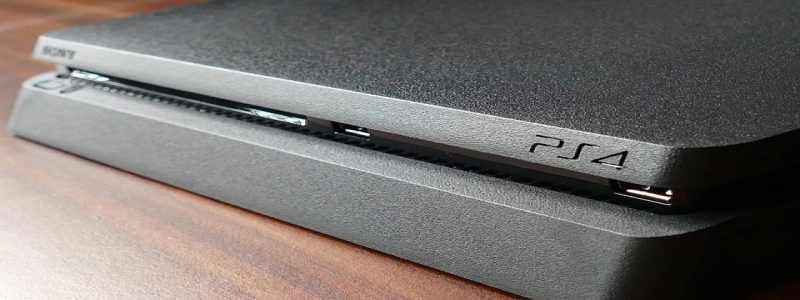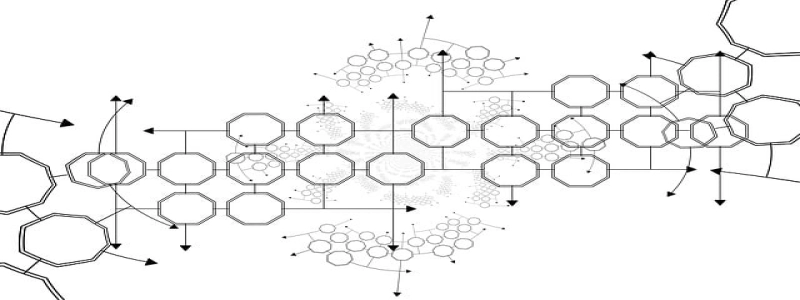What is Green Ethernet?
Johdanto:
In today’s rapidly evolving technological landscape, the demand for energy-efficient solutions is growing exponentially. To cater to this need, various industries are adopting eco-friendly practices, and the field of networking is no exception. One prominent example of this environmentally conscious approach is the implementation of Green Ethernet.
minä. Definition and Purpose of Green Ethernet:
A. Definition:
Green Ethernet is a set of techniques and protocols designed to minimize energy consumption in Ethernet networks. It aims to reduce power usage without compromising the network’s performance and functionality.
B. Purpose:
The primary purpose of Green Ethernet is to mitigate the environmental impact of networking infrastructure. By optimizing power usage, it decreases carbon emissions, conserves energy, and saves costs for businesses.
II. Energy-saving Techniques in Green Ethernet:
A. Link Monitoring:
Green Ethernet employs link monitoring to detect user activity on a network. If a link remains inactive for a certain period, the technology automatically puts it into a low-power sleep mode. As soon as network traffic resumes, the link is quickly reactivated.
B. Power Management:
Power management is another key technique used in Green Ethernet. Through intelligent power management, network devices such as switches, routers, and network interface cards (NICs) can adjust their power consumption based on demand.
C. Wake-on-LAN:
Wake-on-LAN is a feature that allows a device to be powered on remotely. In Green Ethernet, this feature is utilized efficiently to wake up inactive devices only when network traffic requires them, preventing unnecessary power consumption during idle periods.
III. Benefits and Advantages of Green Ethernet:
A. Energy and Cost Savings:
The foremost advantage of Green Ethernet is the potential for significant energy savings. By dynamically adjusting power consumption based on demand, businesses can reduce electricity bills and operational costs.
B. Environmental Impact:
Green Ethernet contributes to a greener environment by reducing carbon emissions. As the networking industry continues to grow, adopting energy-efficient practices becomes crucial to mitigate climate change effects.
C. Increased Network Efficiency:
Contrary to conventional wisdom, implementing Green Ethernet does not compromise network performance. In fact, by optimizing power usage, it can enhance network efficiency and reliability.
IV. Implementation Challenges and Relevance:
A. Equipment Compatibility:
One of the challenges in implementing Green Ethernet is ensuring compatibility with older network equipment. Sometimes, hardware upgrades may be necessary to fully adopt energy-efficient practices.
B. Industry Standards:
To promote widespread adoption, industry standards are critical. Organizations such as the Institute of Electrical and Electronics Engineers (IEEE) drive the development and standardization of Green Ethernet protocols.
Johtopäätös:
Green Ethernet is an eco-friendly solution that helps address the growing demand for energy-efficient networking practices. Through the implementation of various techniques like link monitoring, power management, and Wake-on-LAN, businesses can reduce energy consumption, lower costs, and minimize their environmental footprint. As the networking industry progresses, the relevance and importance of Green Ethernet will continue to grow, making it a vital aspect of sustainable development.








